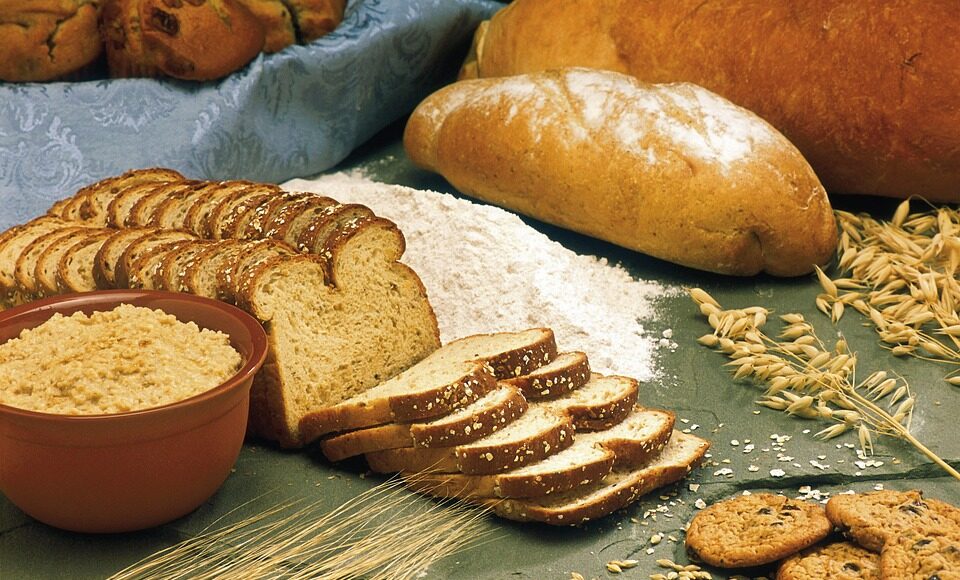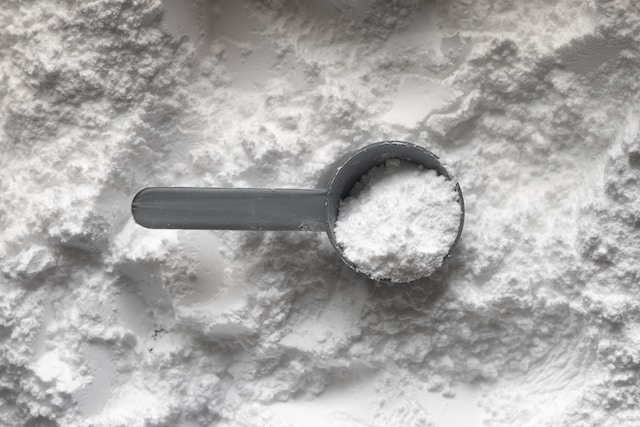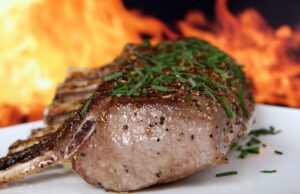Contents
What is Self-Rising Flour and How is it Different from Regular Flour?
Self-rising flour is a type of flour that is often used in baking because it already contains leavening agents, such as baking powder and salt, which gives it the ability to rise when combined with wet ingredients such as water or milk. This makes it incredibly convenient and easy to use.
On the other hand, regular flour, also known as all-purpose flour, does not contain any leavening agents, and therefore, does not rise on its own. It is often used in recipes that require a more specific texture, such as bread or cakes, and requires the additional step of adding in leavening agents separately.
Overall, self-rising flour is a quicker and easier option for recipes that require a quick rise, such as biscuits or pancakes, while regular flour provides more versatility and control over the texture of the end product.
What is Self-rising Flour?
Self-rising flour is a type of flour that has leavening agents already mixed in. Typically, self-rising flour consists of all-purpose flour, baking powder, and salt. It is commonly used in baked goods that require a fluffy and light texture, such as biscuits, cakes, and pancakes.
How is Self-rising Flour Different from Regular Flour?
Self-rising flour is different from regular flour in several ways:
Baking Agents
As mentioned earlier, self-rising flour already contains baking powder and salt. This means that you do not need to add any additional leavening agents, such as baking soda or cream of tartar, to your recipe. With regular flour, you will need to measure and add the correct amount of baking powder or baking soda to achieve the desired rise and texture in your baked goods.
Salt Content
Self-rising flour also contains salt, which is not typically found in regular flour. This means that if you use self-rising flour in a recipe that calls for regular flour, you will need to adjust the salt content accordingly. If you are reducing the amount of salt, you may need to add a little bit more liquid to your recipe to compensate for the missing moisture that the salt would have provided.
Texture
Because of the baking powder and salt content in self-rising flour, it is typically used in recipes that require a light and fluffy texture. Regular flour, on the other hand, is used in a variety of baking applications, including bread, which requires a denser texture.
When Should You Use Self-rising Flour?
If a recipe specifically calls for self-rising flour, then you should use it. It is not recommended to substitute regular flour and add baking powder and salt to the recipe, as it may affect the texture and leavening of the baked good.
Self-rising flour is perfect for making biscuits, pancakes, cakes, and any other baked goods that require a light and airy texture. It can also be used as a crust for quiches and savory pies.
Conclusion
Self-rising flour is a type of flour that is already mixed with baking powder and salt, making it a convenient choice for many types of baked goods. It is important to note that it should not be used as a substitute for regular flour in recipes that do not call for it. Understanding the differences between self-rising flour and regular flour will help you to choose the right type for your recipe and achieve the desired texture and rise in your baked goods.
References:
- Bon Appétit: What is Self-rising Flour, and When Should You Use It?
- Bob’s Red Mill: Baking 101: All-Purpose Flour vs. Self-Rising Flour
Frequently Asked Questions (FAQs) – Self-Rising Flour
What is self-rising flour?
Self-rising flour is a type of flour that is pre-mixed with leavening agents, such as baking powder and salt. It is similar to all-purpose flour, but it does not require an additional leavening agent to be added when making baked goods.
How is self-rising flour different from regular flour?
Regular flour, also known as all-purpose flour, does not contain any leavening agents. This means that when making baked goods with regular flour, you need to add baking powder or baking soda to help the dough or batter rise. Self-rising flour already contains these leavening agents, making it a convenient option for quick and easy baking.
Can self-rising flour be used as a substitute for regular flour?
If a recipe specifically calls for self-rising flour, it is best to use that rather than substituting with regular flour. However, self-rising flour can be used as a substitute for regular flour in recipes that do not require rising agents. Keep in mind that self-rising flour already contains salt, so it is important to adjust the salt quantities in the recipe accordingly.
What can I make with self-rising flour?
Self-rising flour can be used to make a variety of baked goods, such as biscuits, pancakes, waffles, and cakes. It is a versatile ingredient to have on hand in the kitchen.
What is Unbleached Flour?
Unbleached flour is a type of flour that has not undergone chemical bleaching. It is made from wheat that has gone through the milling process to remove the bran and germ, leaving only the endosperm. However, unlike bleached flour, unbleached flour is not treated with any chemicals like benzoyl peroxide or chlorine dioxide to speed up the process of whitening the flour.
Benefits of Unbleached Flour
Unbleached flour has several benefits over bleached flour. For one, it retains more of the natural nutrients found in wheat, including fiber, vitamins, and minerals. Additionally, because it has not been treated with chemicals, unbleached flour has a more natural flavor and color. Furthermore, some people believe that unbleached flour is easier to digest than bleached flour since it has not been chemically treated.
Uses for Unbleached Flour
Unbleached flour can be used in any recipe that calls for all-purpose flour. It is a versatile ingredient that is perfect for baking bread, cakes, cookies, and pastries.
If you want to learn more about different types of flour, check out the Flour Wikipedia page.
What is self-rising flour and how is it different from regular flour?
- Self-rising flour is a type of flour that already contains leavening agents, such as baking powder and salt.
- Regular flour does not contain any additional ingredients and is typically used as a base in baking recipes.
- Self-rising flour is often used for recipes that require a light and fluffy texture, such as biscuits, pancakes, and cakes.
- Using self-rising flour in place of regular flour can alter the texture and rise of baked goods, so it’s important to follow recipe instructions carefully.
- If a recipe calls for regular flour but you only have self-rising flour on hand, you can usually substitute it by decreasing the amount of baking powder and salt called for in the recipe.







































